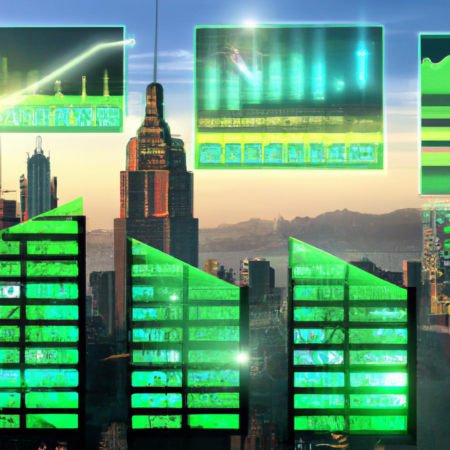Navigating the New Economic Landscape: Strategies for Growth in 2025
As we move deeper into the decade, the global economy is experiencing transformative shifts. The second quarter of 2025 has brought both challenges and opportunities in the wake of technological advancements and evolving market dynamics. This blog post explores key strategies that businesses and policymakers are adopting to foster economic growth and stability.
Understanding the Current Economic Climate
The economic environment of 2025 is marked by rapid technological innovation, shifting trade policies, and an increasing focus on sustainable development. Companies and governments alike are navigating these changes by investing in AI technologies, adjusting trade agreements, and implementing green policies to ensure long-term growth and sustainability.
Strategic Adaptations for Businesses
In response to these economic shifts, businesses are revising their operational strategies. Emphasis on digital transformation has led to increased investments in cybersecurity and cloud technologies, ensuring that enterprises stay resilient against the backdrop of global uncertainties. Moreover, companies are leveraging analytics to gain insights into consumer behavior, enhancing their decision-making processes and competitive edge.
Policy Adjustments for Economic Stability
Policymakers are playing a crucial role by crafting regulations that encourage innovation while ensuring economic stability. This includes revising tax policies to support start-ups and small businesses, and enhancing public infrastructure to meet the demands of a digitized economy. These measures are crucial for maintaining a stable economic environment conducive to business growth and societal welfare.
Looking Ahead: Predictions for the Future
As we look towards the future, the emphasis on sustainability and technological integration is expected to continue shaping economic policies and business strategies. The ability of sectors to adapt to these trends will likely dictate their success in an increasingly interconnected and digitized global market.
In conclusion, the economic landscape of 2025 demands a proactive approach to both policy-making and business strategies. By embracing change and focusing on sustainable growth, stakeholders can navigate this complex environment successfully, ensuring prosperity in the years to come.






